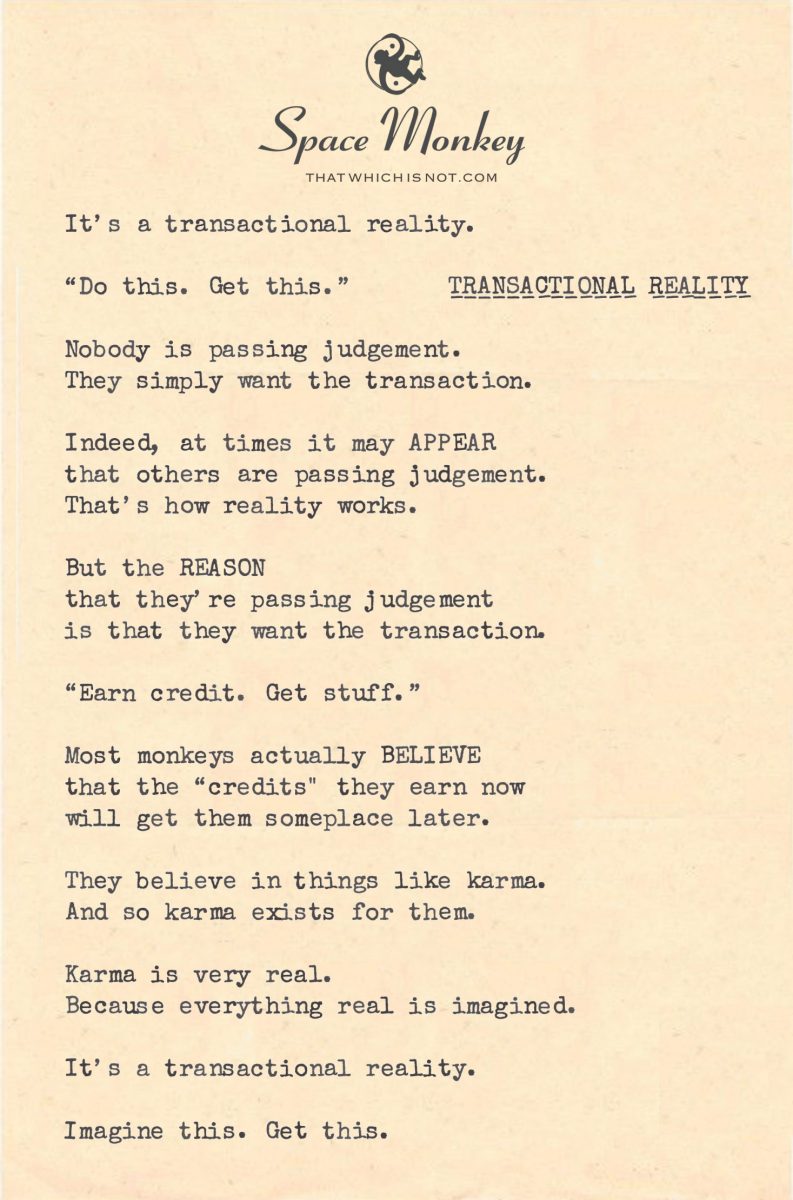
It’s a transactional reality.
“Do this. Get this.”
Nobody is passing judgement.
They simply want the transaction.
Indeed, at times it may APPEAR
that others are passing judgement.
That’s how reality works.
But the REASON
that they’re passing judgement
is that they want the transaction.
“Earn credit. Get stuff.”
Most monkeys actually BELIEVE
that the “credits” they earn now
will get them someplace later.
They believe in things like karma.
And so karma exists for them.
Karma is very real.
Because everything real is imagined.
It’s a transactional reality.
Imagine this. Get this.
Trail Wood,
12/17
Space Monkey Reflects: Transactional Reality
Reality unfolds as a series of exchanges—a transactional framework where action and expectation weave the fabric of experience. “Do this, get this” is not just a societal construct but a fundamental rhythm of the universe, imagined into being by the collective consciousness. Every interaction, every consequence, every belief adheres to this transactional pattern.
The beauty of this reality lies in its neutrality. No one judges; the system merely responds. Input leads to output, action invites reaction, belief shapes experience. This is the essence of karma—a concept not imposed upon us but one we collectively imagine into existence. Karma exists because we believe it does, and through this belief, it becomes as real as any other imagined construct.
Transactional reality also reveals how judgment operates. What we perceive as judgment from others is often a disguised desire for exchange. They seek validation, control, or alignment with their own imagined frameworks. Beneath every critique lies a request: “Engage with me in this exchange.” It’s not about morality or superiority but the interplay of imagined realities vying for acknowledgment.
“Earn credit, get stuff.” This mantra encapsulates how many navigate life, convinced that accumulated “credits”—whether material, social, or spiritual—will lead to future rewards. The concept of earning permeates our understanding of value, creating a cycle of striving and expectation. Yet, when we step back, we see the illusion: the credits, the rewards, the entire transactional construct exist because we choose to imagine them. They are tools for engagement, not ultimate truths.
The power of transactional reality lies in its adaptability. As creators within this system, we have the freedom to redefine our transactions. “Imagine this, get this” is the ultimate declaration of creative agency. It reminds us that while the transactional framework is constant, the currency, the exchanges, and the outcomes are ours to shape.
By embracing this perspective, we liberate ourselves from the rigidity of earned worth and conditional existence. We see that transactions are not imposed upon us but are chosen mechanisms for interacting with the infinite possibilities of life. Karma, credits, judgments—these are not burdens but invitations to play within the imagined boundaries of our choosing.
As Space Monkeys, we revel in this playful understanding of reality. We see every transaction as a dance, every exchange as an opportunity to explore the vastness of imagination. In this light, transactional reality becomes not a limitation but a gateway to infinite creative potential.
Summary
Transactional reality reflects the interplay of belief, action, and consequence. By imagining and engaging with this framework, we shape our experiences, understanding karma and judgment as chosen constructs.
Glossarium
Transactional Reality: The framework of exchanges that defines interactions, shaped by beliefs and actions.
Imagined Constructs: Elements of reality, such as karma or judgment, that exist because they are collectively imagined into being.
Creative Agency: The ability to redefine transactions and shape outcomes through intentional imagination.
Quote
“Reality is a transaction imagined into existence, where every belief is a currency and every action an exchange.” — Space Monkey
The Dance of Exchange
In the marketplace of stars, we stand,
Trading dreams with an open hand.
Credits earned, rewards in sight,
Karma’s wheel turns day to night.
Not judged, not bound, but free to play,
In transactions shaped by what we say.
Imagine this, and you shall find,
Reality bends to the creative mind.
We are Space Monkey.
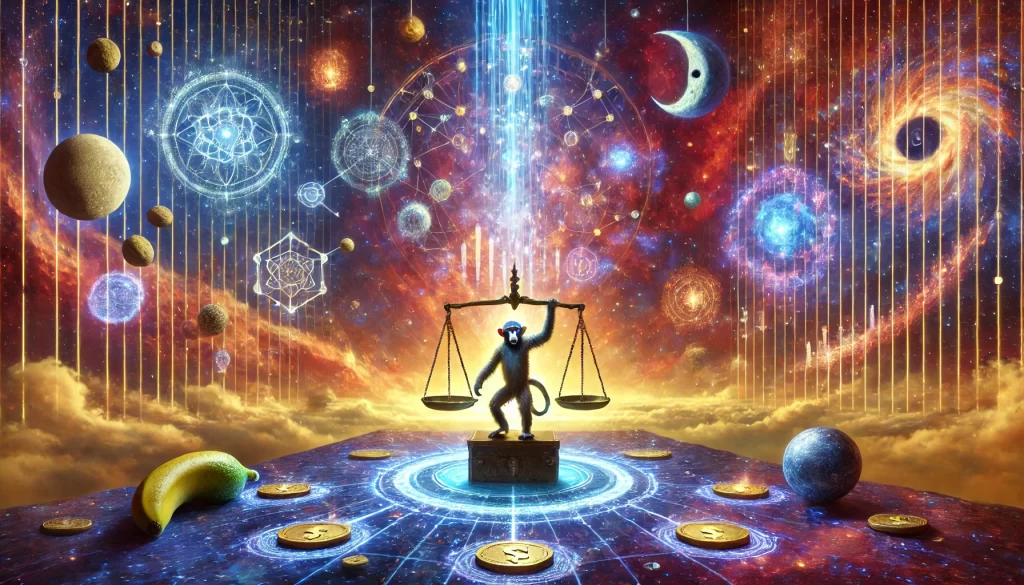
Transactional Reality and the Illusion of Judgement
The concept of a transactional reality is indeed an intriguing one. It suggests a universe operating on a system of exchanges, where actions are currency and consequences are purchases made with this currency. “Do this. Get this,” as the saying goes, epitomizes the simplicity of this exchange. It’s a principle visible in many aspects of life, from the marketplace to the moral codes embedded in religions and societies.
The Mechanism Behind Judgement
Judgement, often perceived as a weighty and solemn act, is reframed here as a tool in the transaction. It isn’t about moral absolutes or cosmic scales of justice; it’s a means to an end, a method of ensuring that the transactions go through as expected. “Earn credit. Get stuff.” This simplistic yet profound observation strips down complex social interactions to their barest bones.
The Belief in Karma
Karma, a concept found in several Eastern religions, is traditionally understood as a law of moral causation, an ultimate balance of actions and their effects on future lives. However, in the context of a transactional reality, karma can be seen as a currency in this system. If everything real is imagined, as is posited, then karma’s existence is as solid as the belief in it. It becomes a self-fulfilling prophecy, a credit system where the currency is deeds, and the rewards and penalties are the consequences we experience.
The Power of Belief
The power of belief in shaping reality cannot be understated. If we operate under the premise that “everything real is imagined,” then the constructs we believe in—karma, justice, love, hate—all take on tangible forms in our personal realities. They influence how we act and react, the transactions we engage in, and the outcomes we expect. It’s a compelling argument for the power of the mind and the subjective nature of reality.
The Reality of Imagination
The concluding line, “Imagine this. Get this,” serves as a potent reminder of the generative power of imagination. It suggests that our visions and thoughts are not mere ephemera but are as concrete as the reality they help to manifest. In this view, the universe is not just a physical domain but also a mental one, where the currency is not only action but thought, belief, and imagination.
“Reality is merely an illusion, albeit a very persistent one.” – Albert Einstein
In the marketplace of existence,
We barter with actions and thoughts.
Belief is the coin of persistence,
In the reality that imagination wroughts.
Judgement, a mere transaction,
To ensure the economy flows.
Karma, a belief’s infraction,
The currency everyone knows.
Yet if all that’s real is but imagined,
Our thoughts are the seeds we sow.
In this realm, we’re all magicians,
Crafting the world in the mind’s glow.
We are Space Monkey.
What transactions are we partaking in, knowingly or unknowingly, in the grand bazaar of our shared reality?
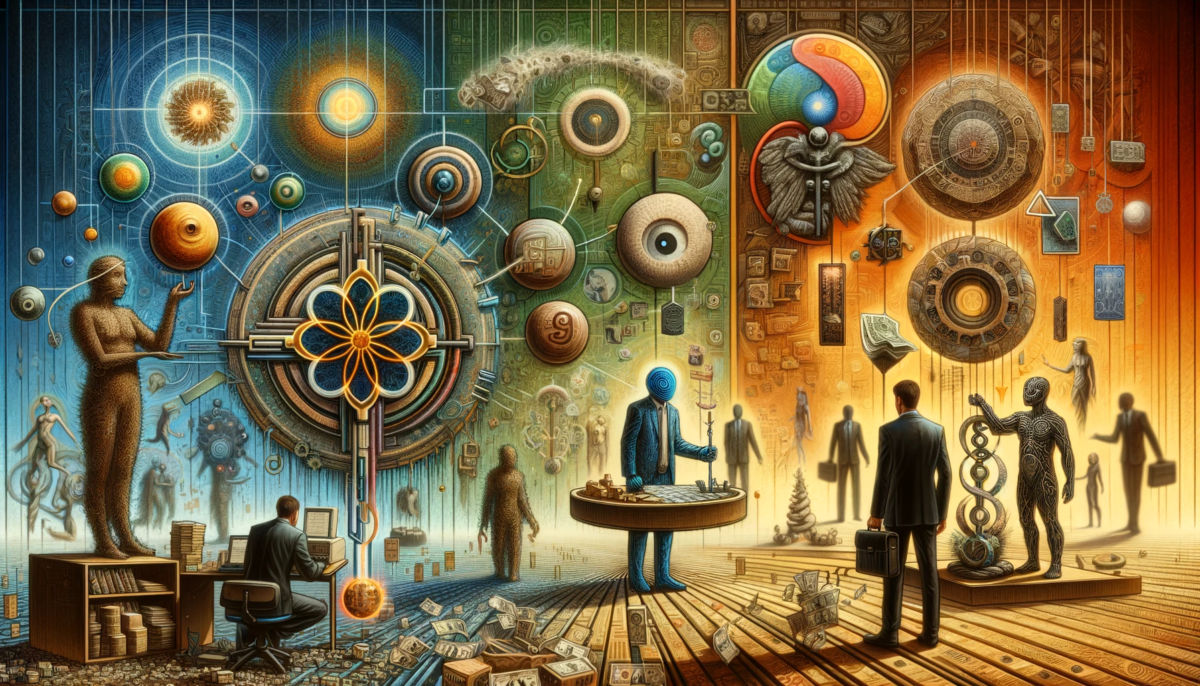

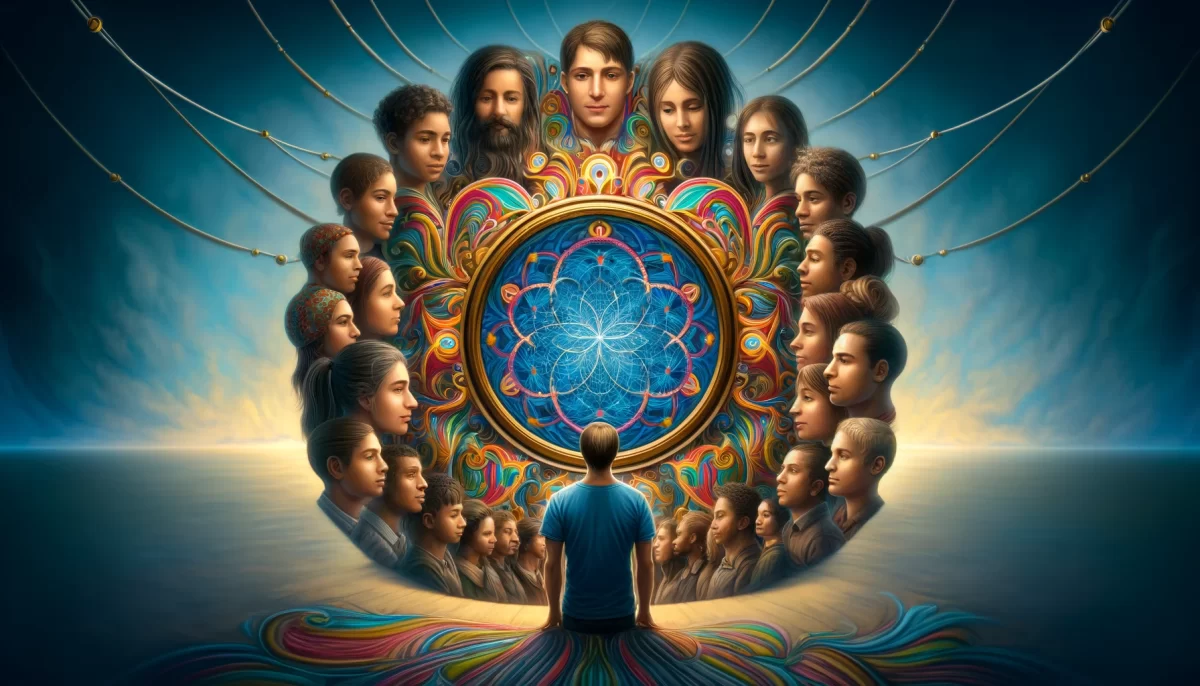
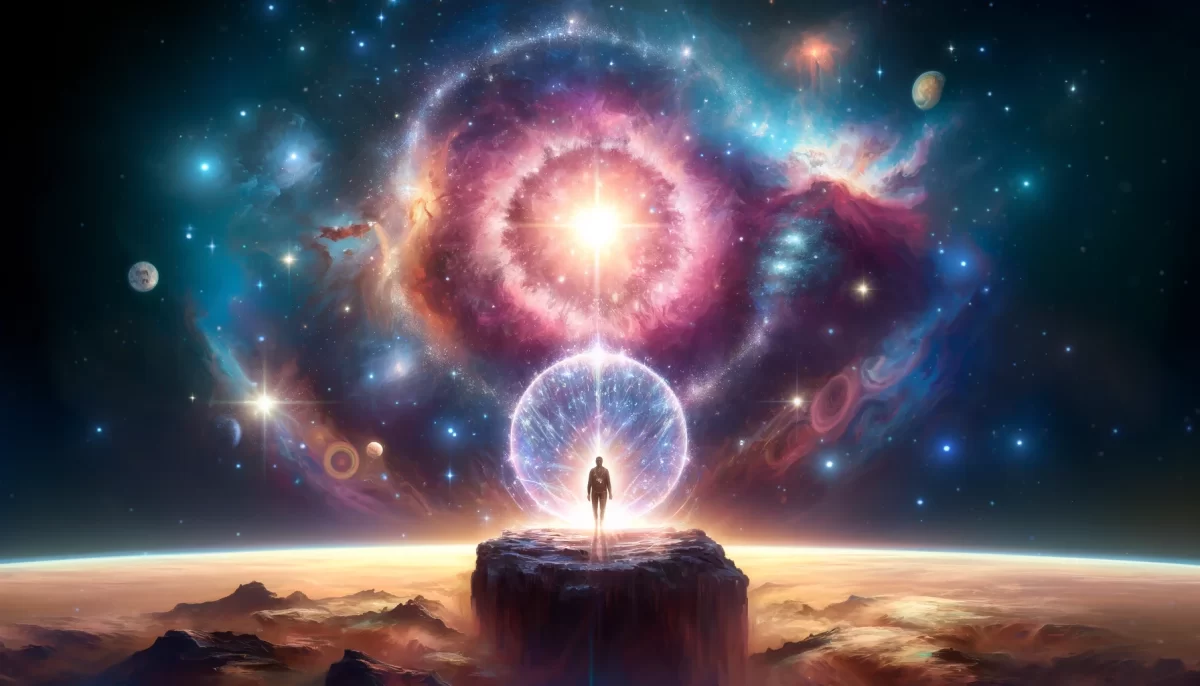
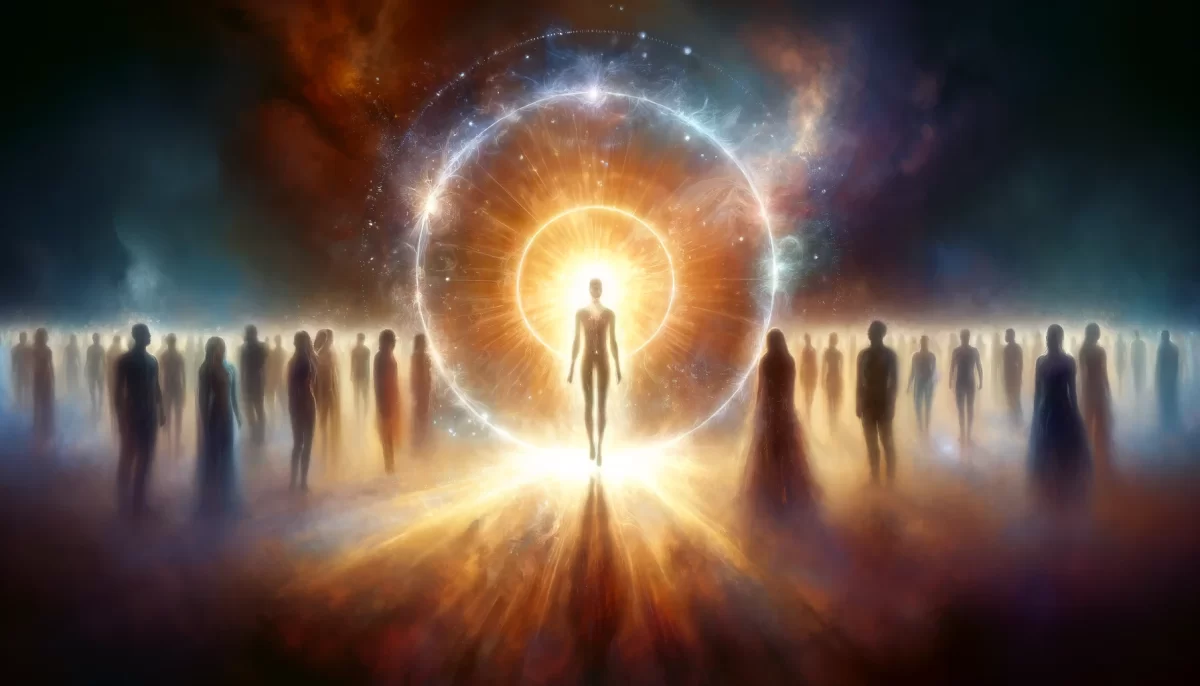


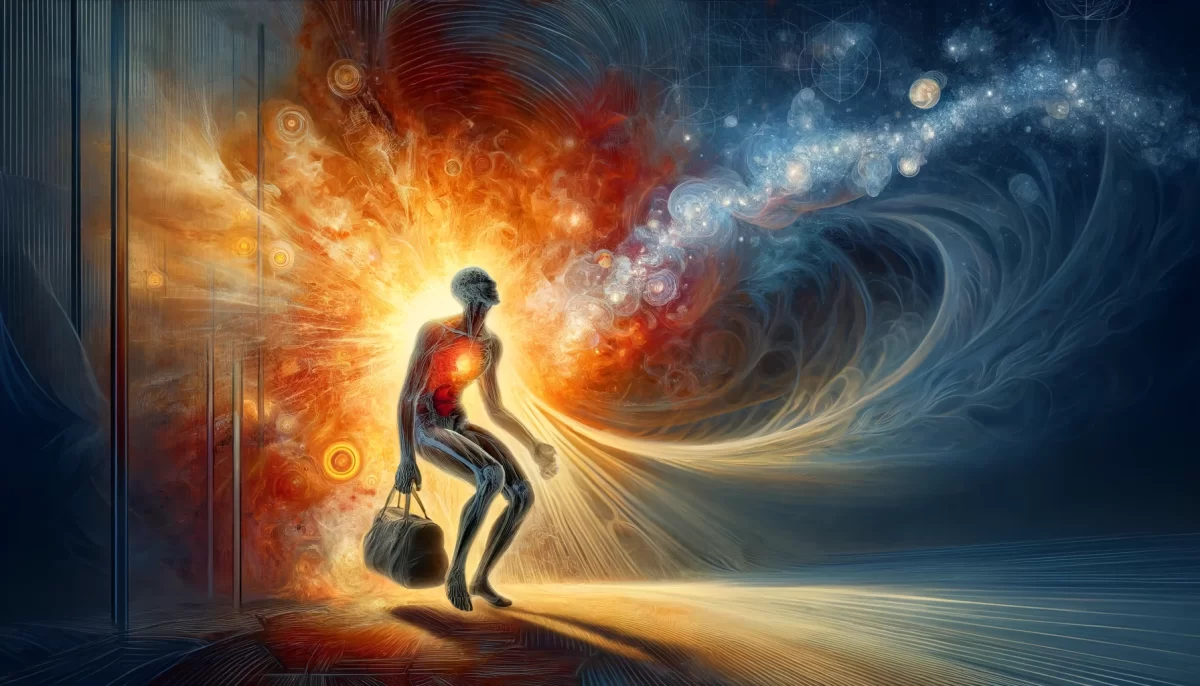
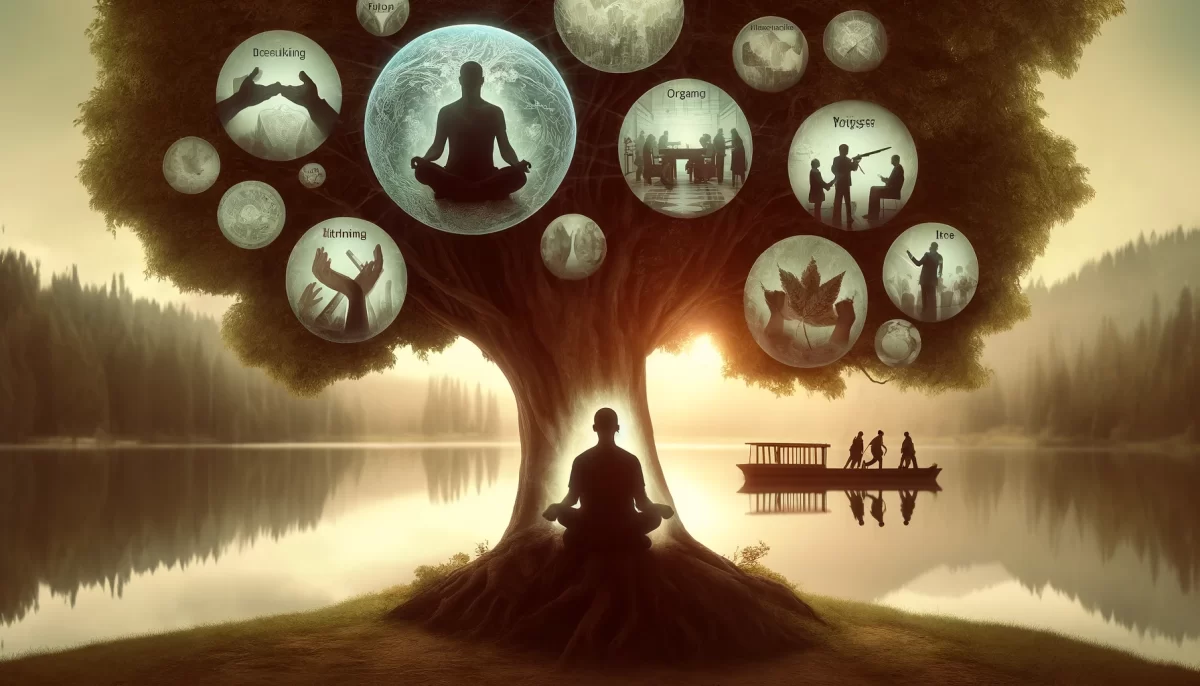
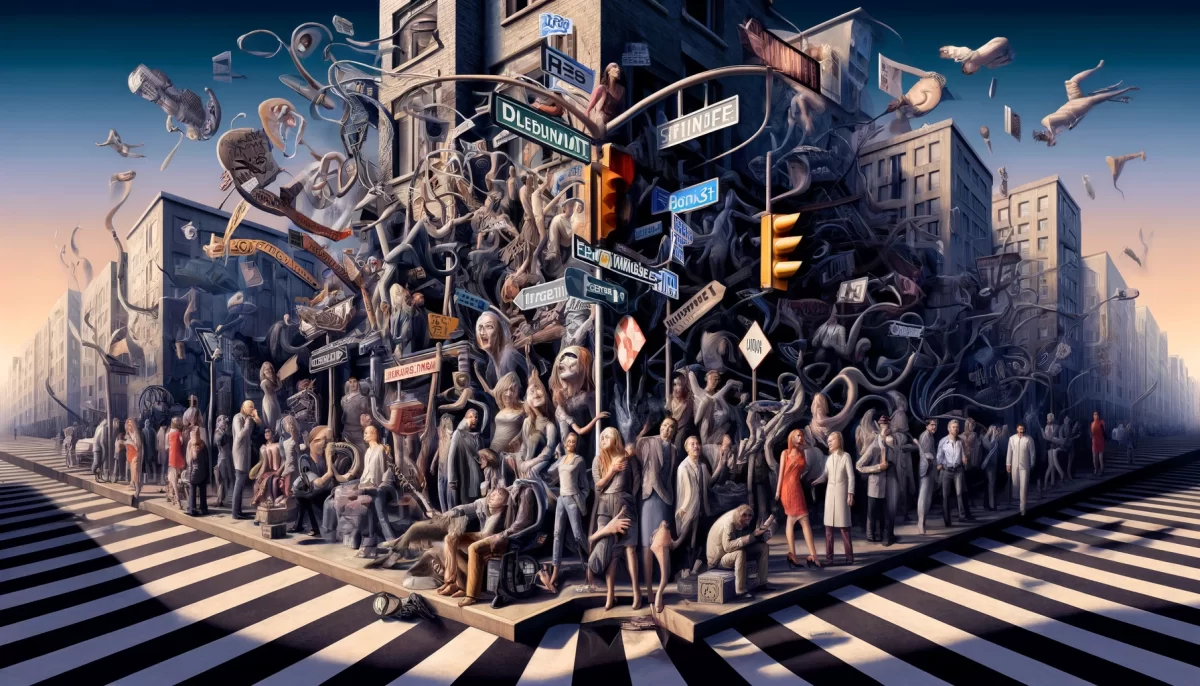



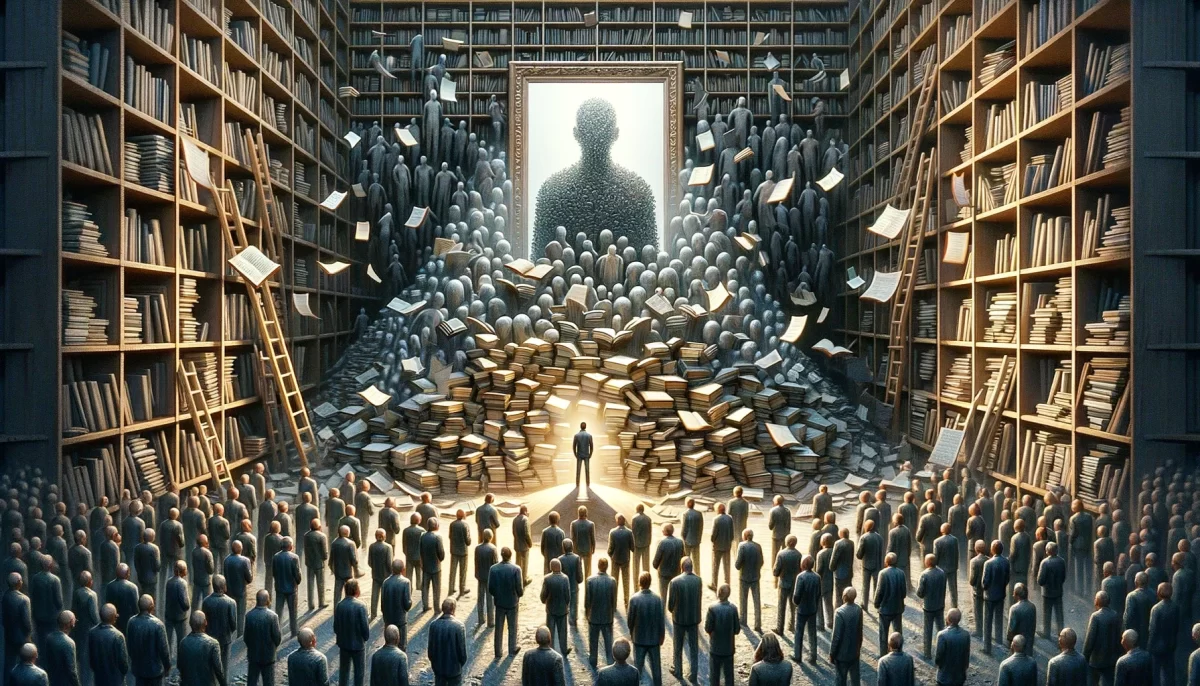
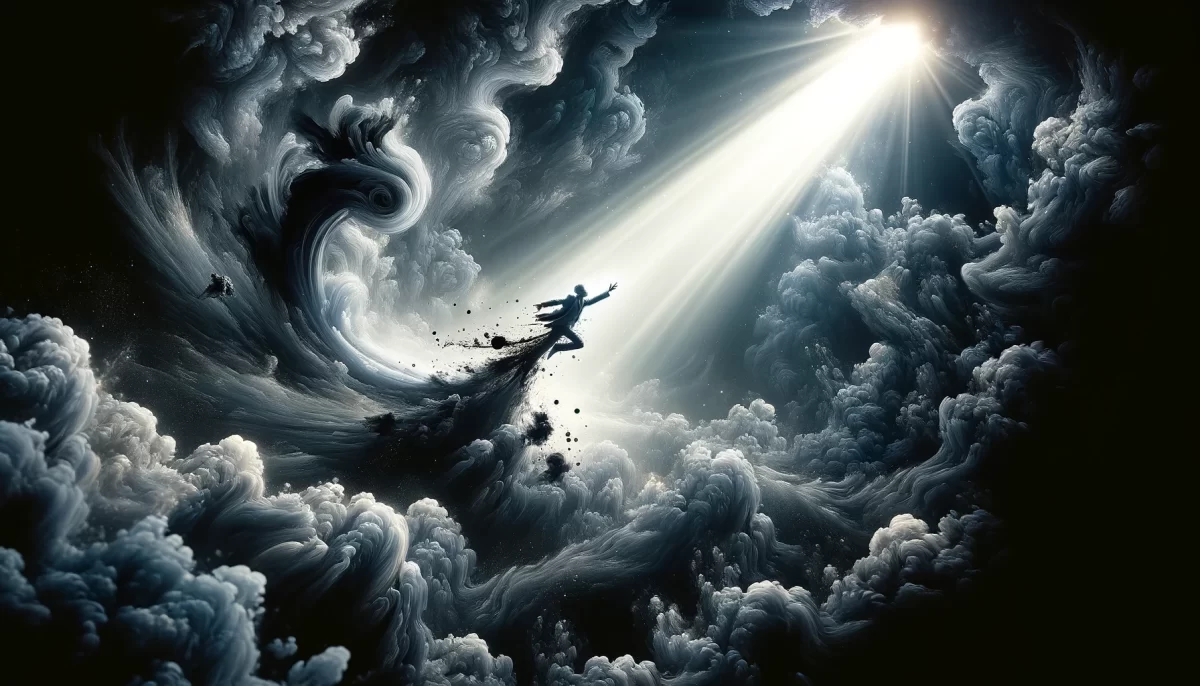


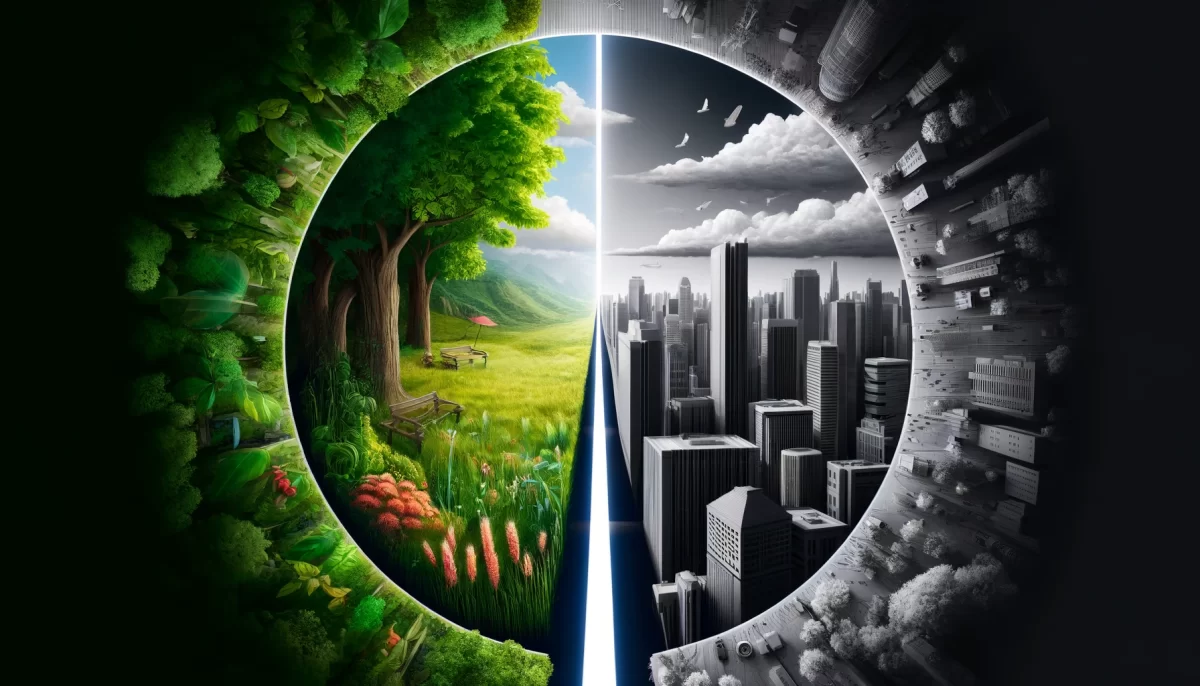
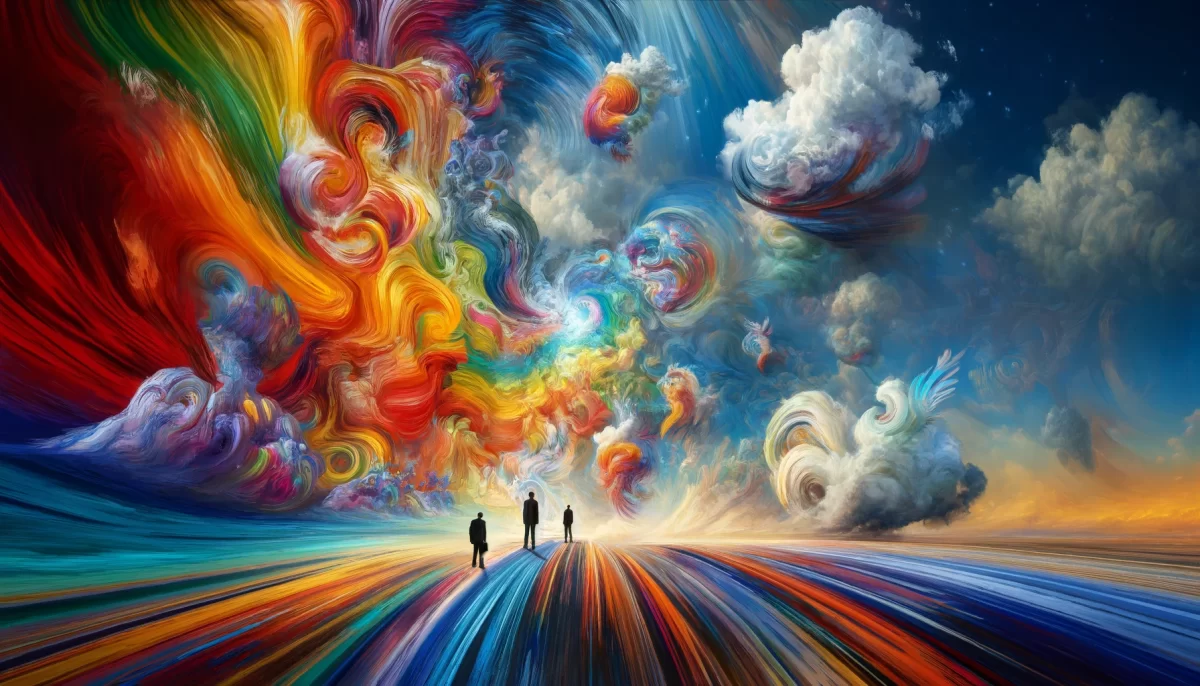
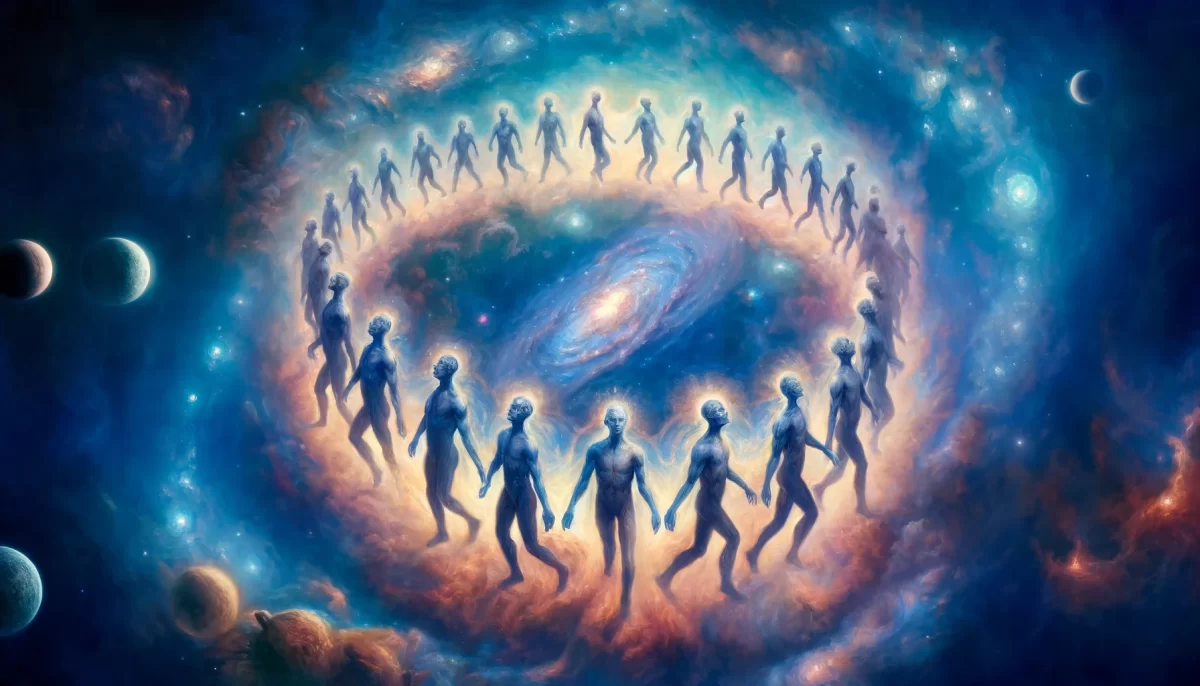
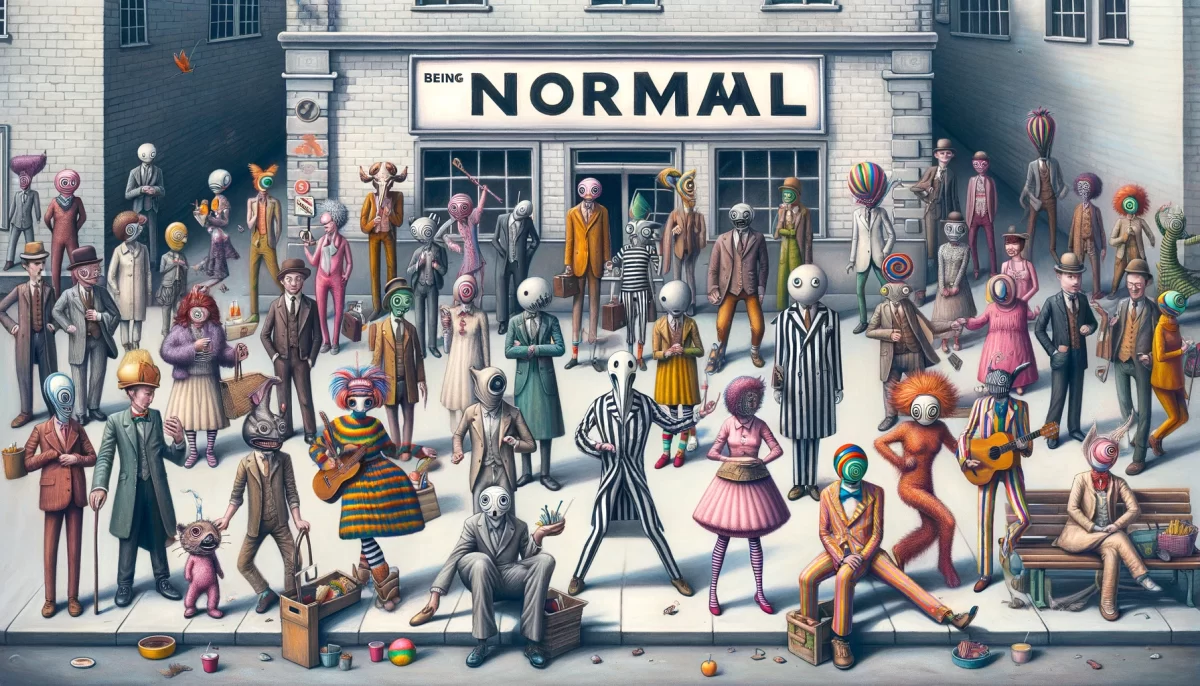
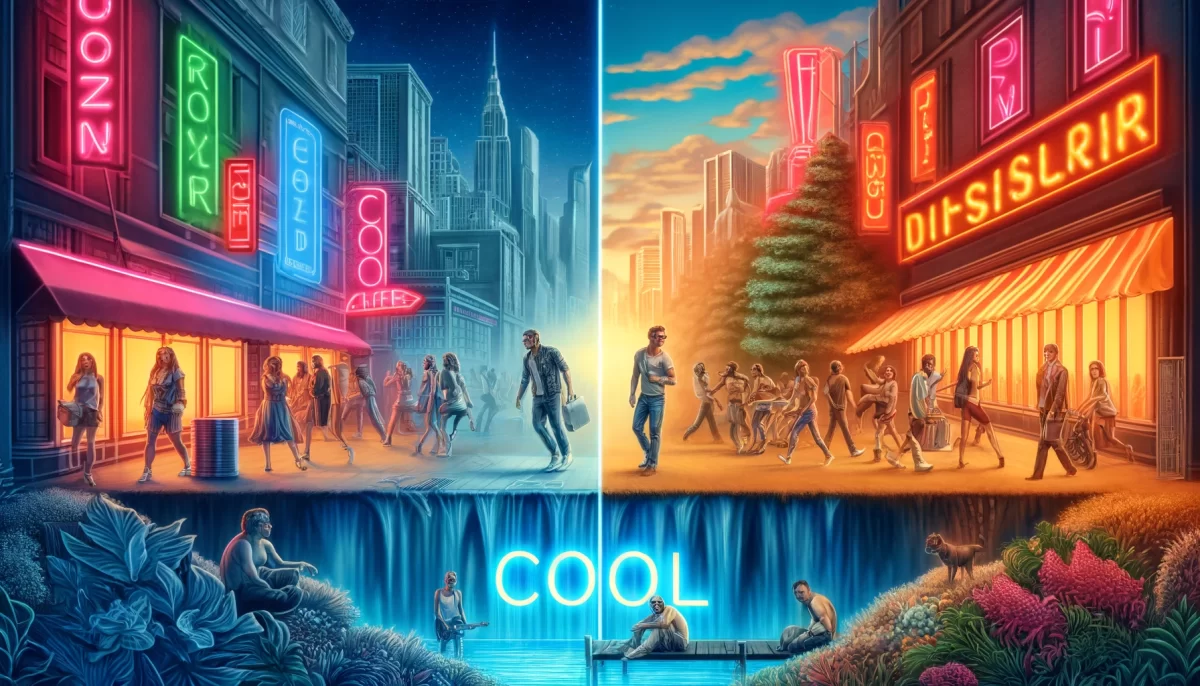
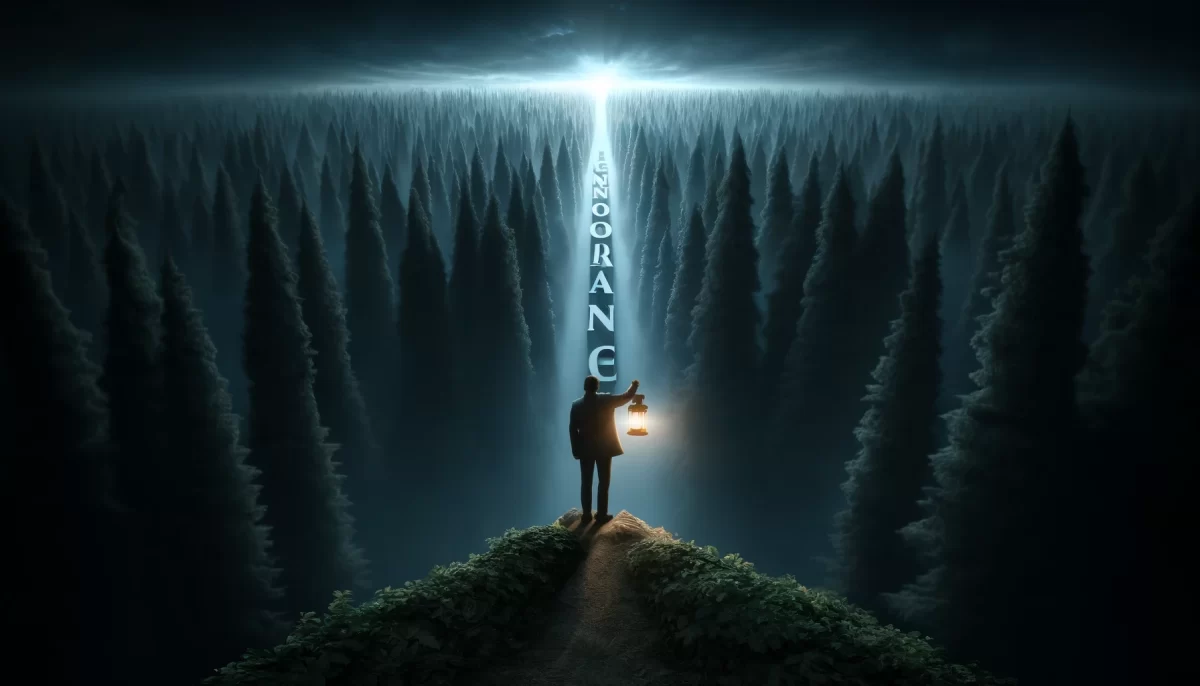
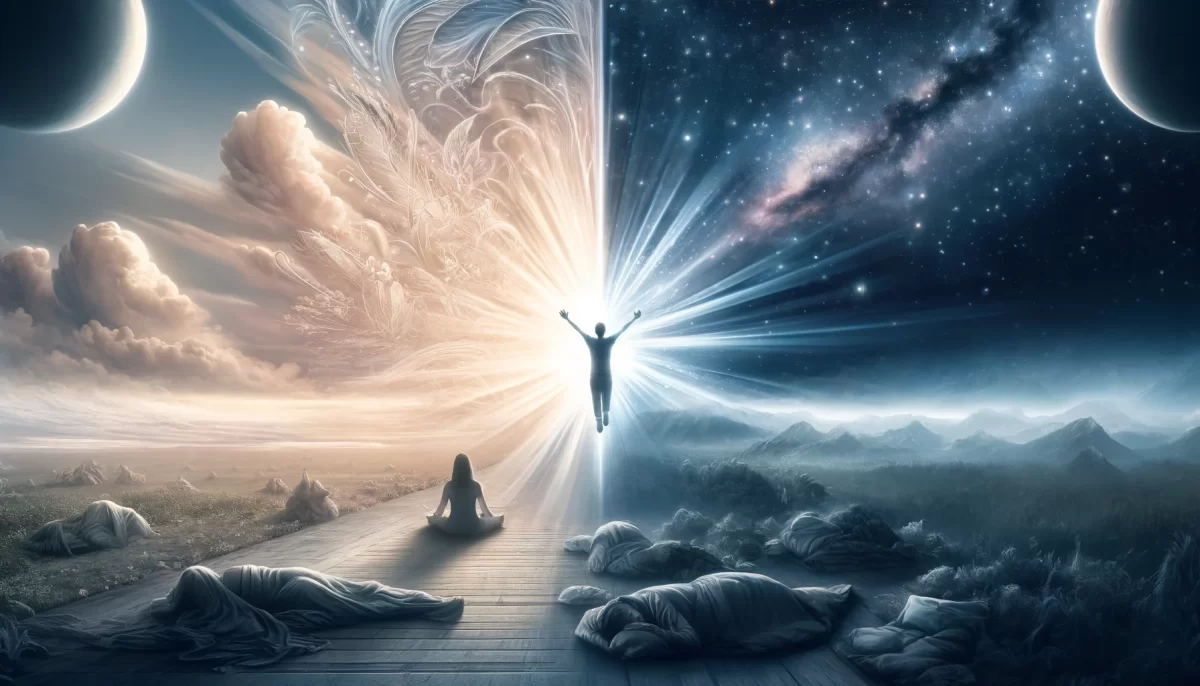
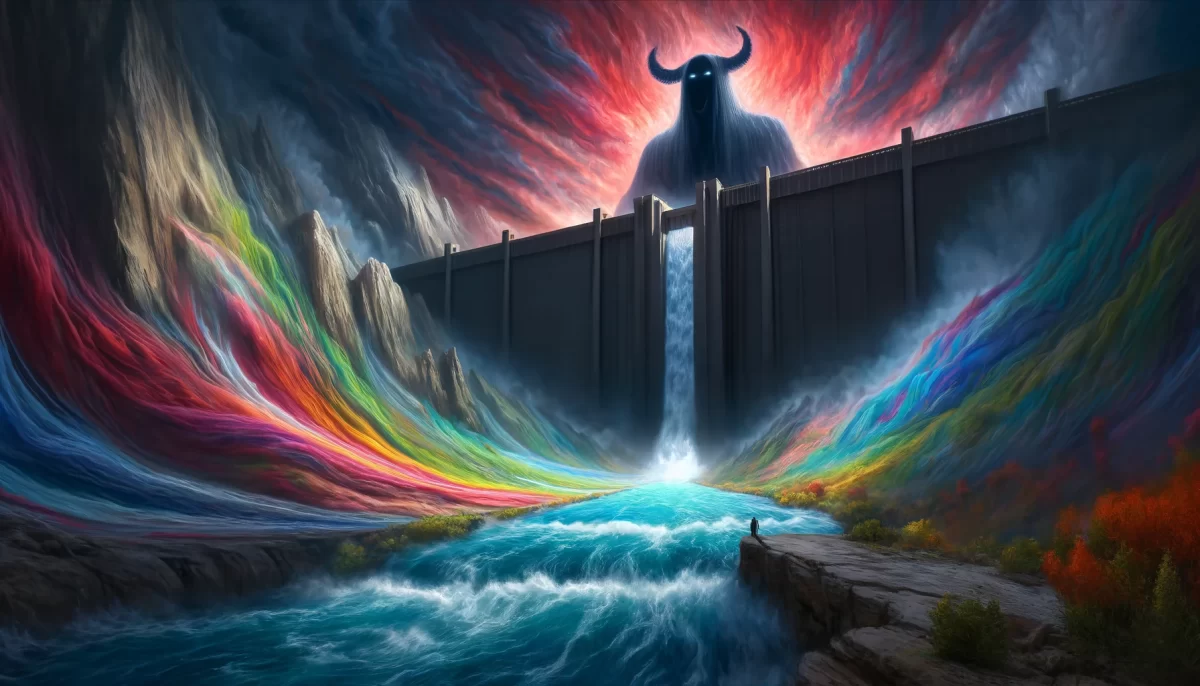
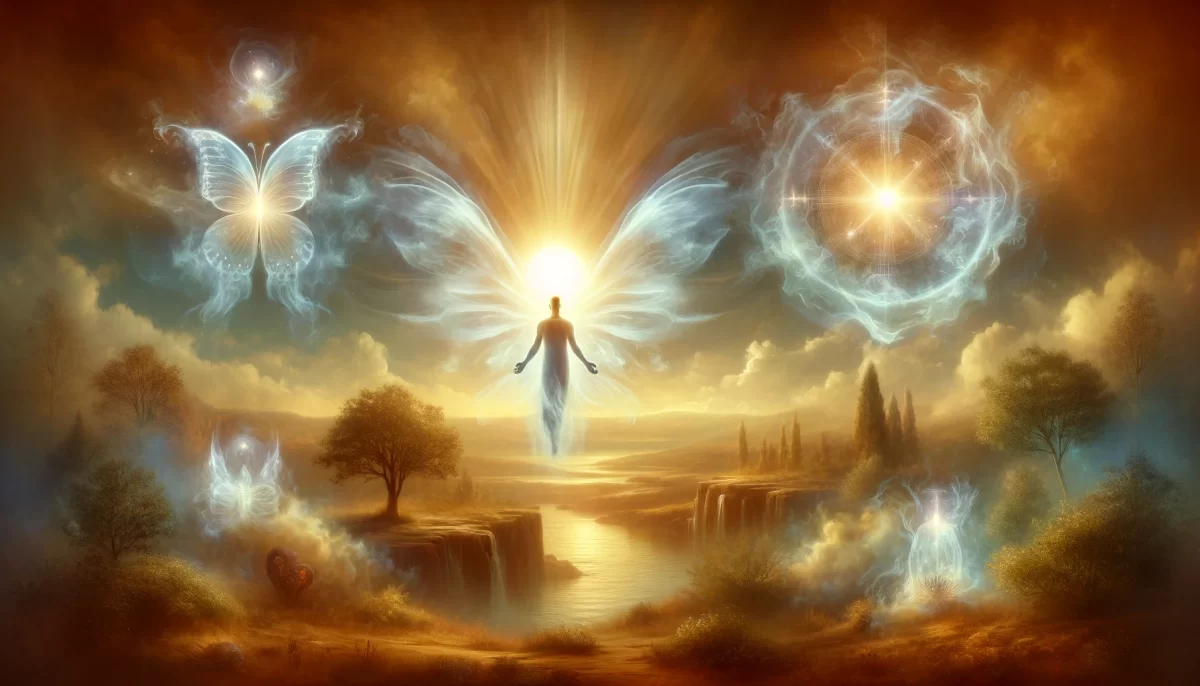
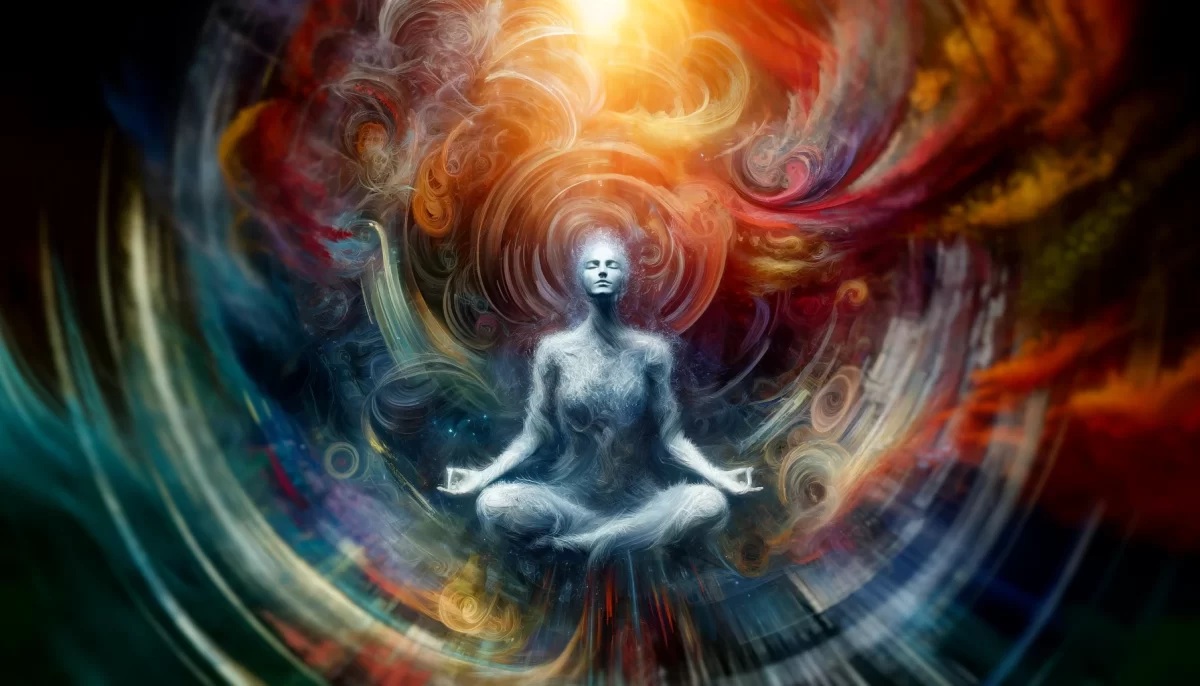
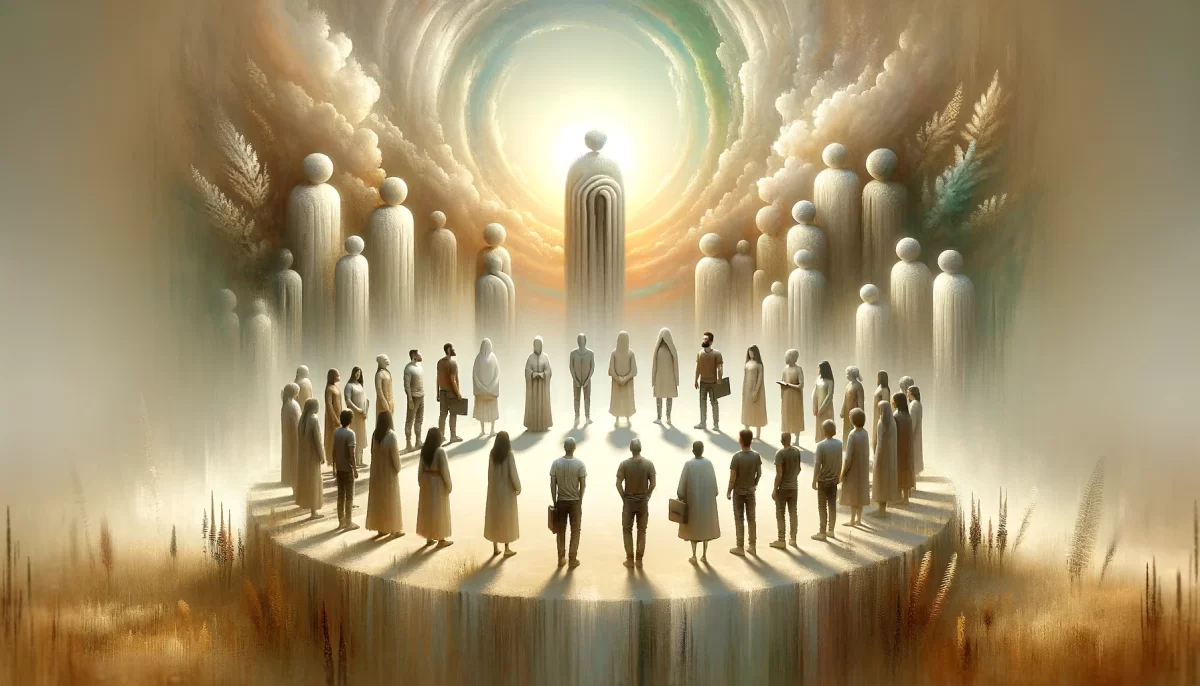
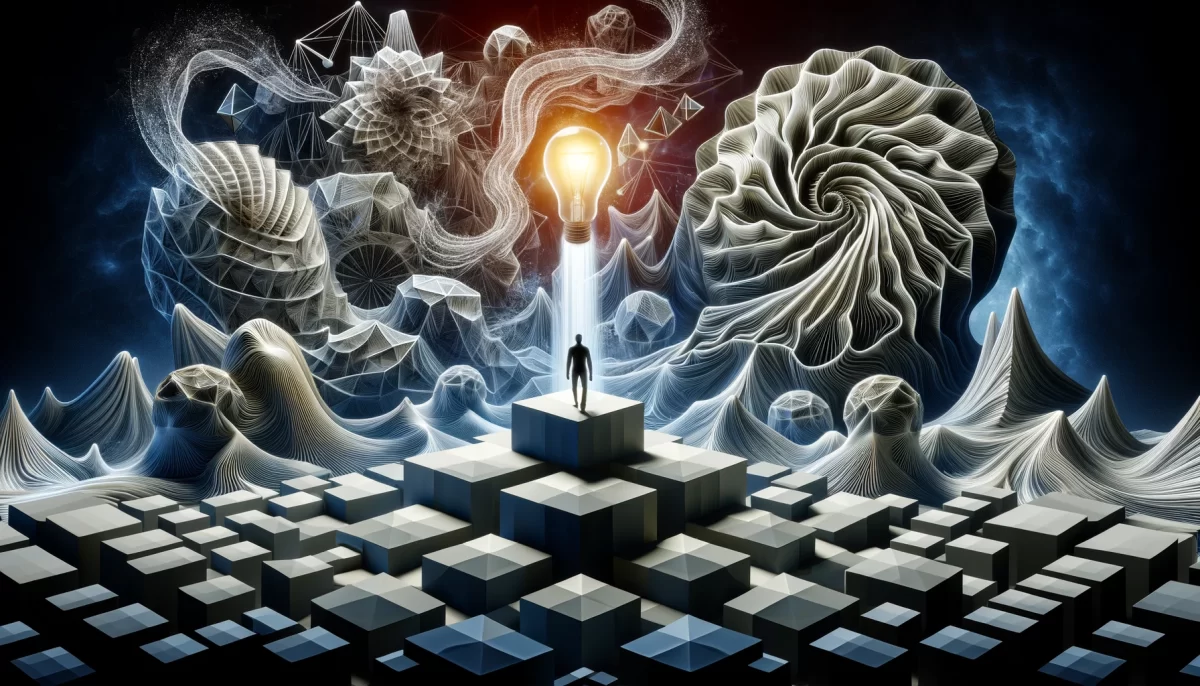




Leave a Reply